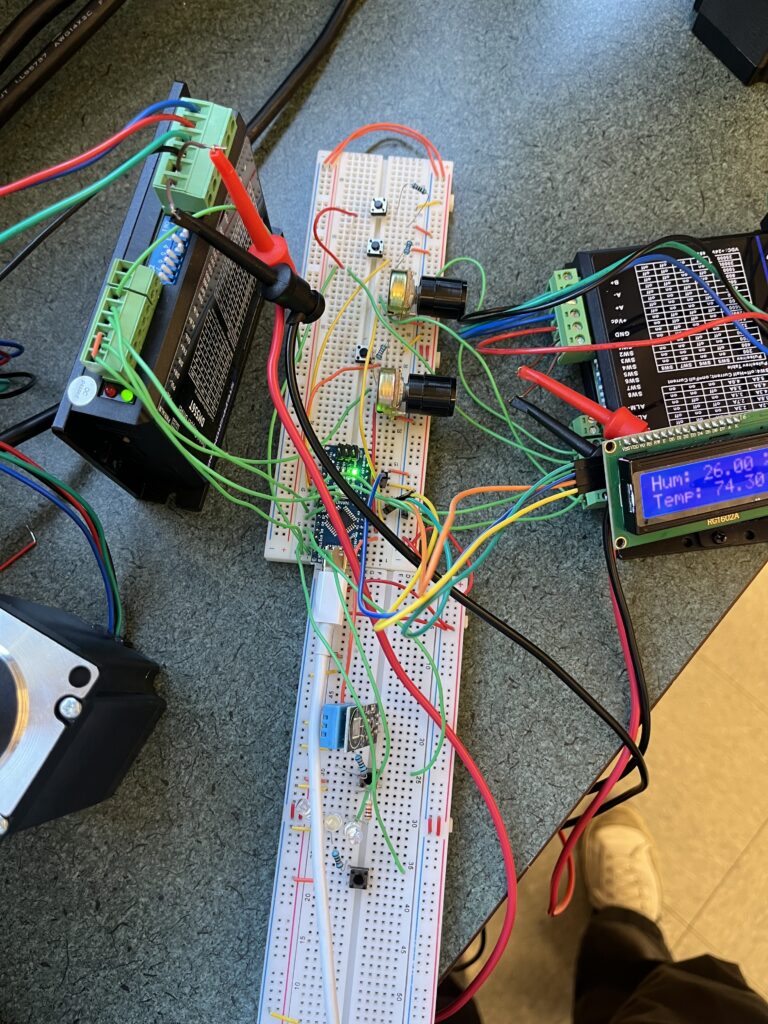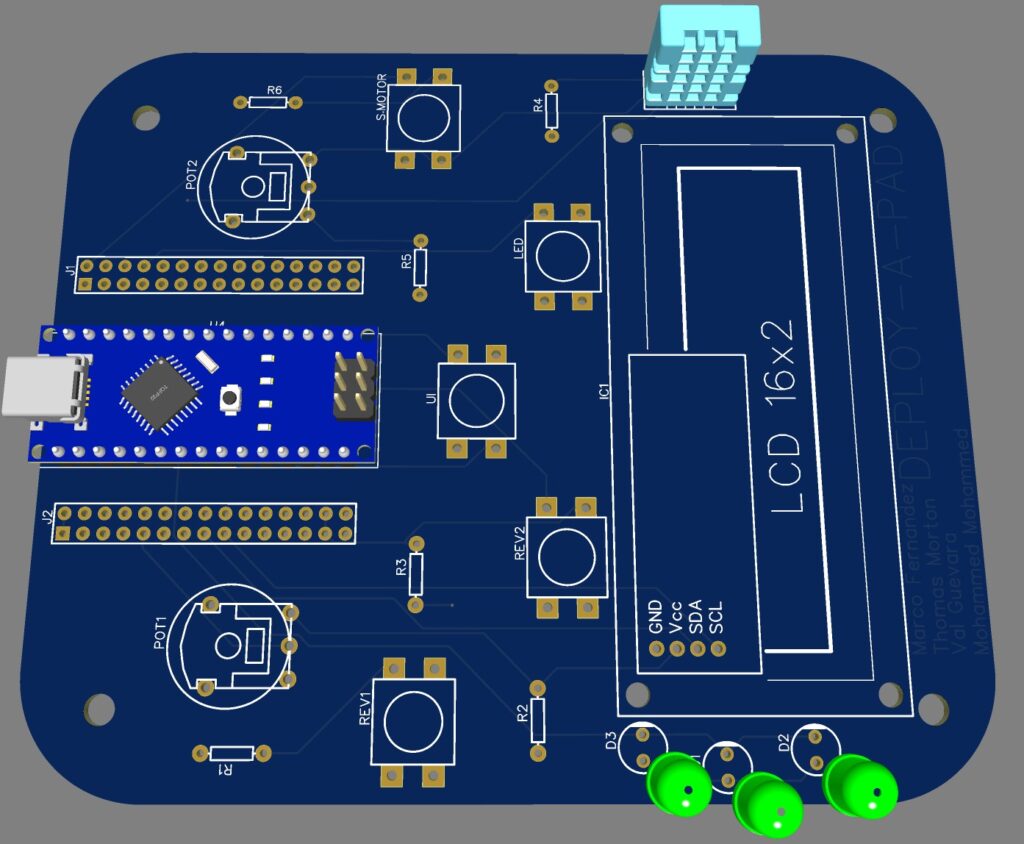Block Diagram
We went through several different designs which are reflected in the changing block diagrams. As the scope of our design changed so did our block diagram, the most recent is directly below and the newest at the bottom.
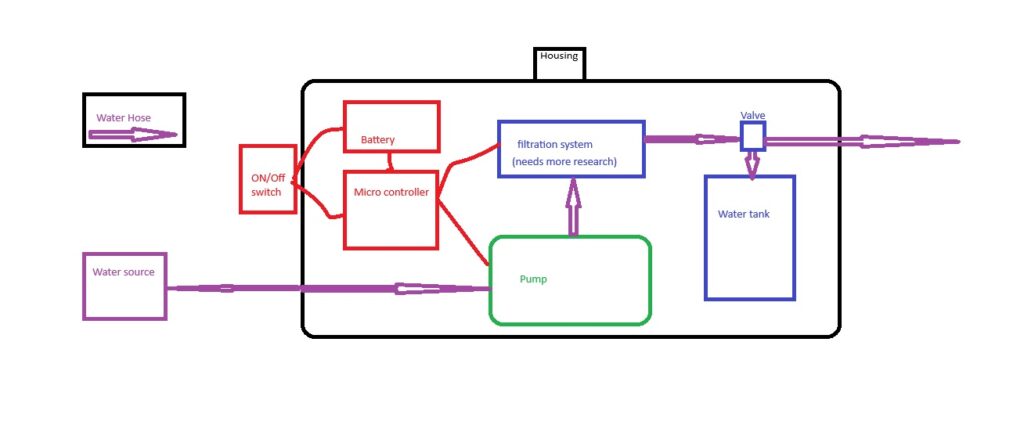
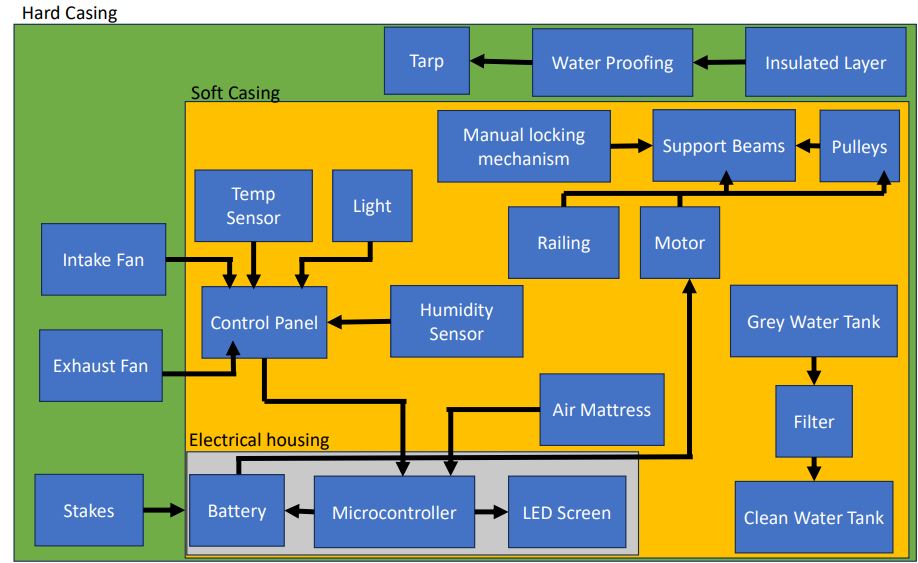
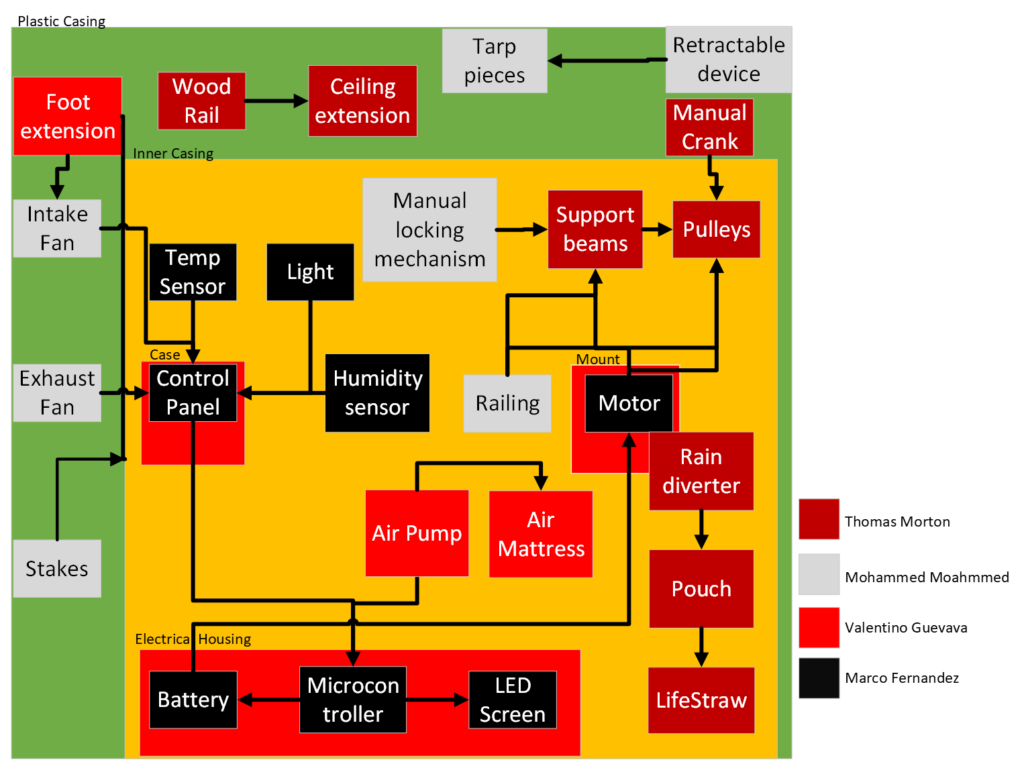
Pulley changes
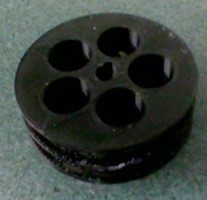
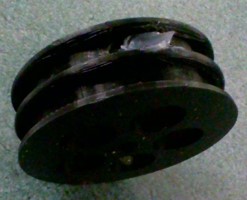
Pulley 1
Our first pulley design was using steel wire and simply attached the wire by hot gluing it into place. This design had to change because it didn’t secure the wire well and was not deep enough to wrap all the wire.

Pulley 2
This design solved many of the initial issues in that the wire was secured with a lock and the depth was now large enough to wrap all the steel wire. We didn’t keep this design because the hole sizes for rotation and fitting on the new motor were wrong.


Pulley 3
This was the last deign that still tried to use the steel wire. The pulley design worked fine but the steel wire was simply not malleable enough for our uses.

Pulley 4
This pulley was designed for the cord that we actually are using for the pulley system. This design had the rotation holes moved to close to the center making the manual open very difficult. The locking mechanism was also no longer required for the cord could tie it off instead.


Pulley 5
This is the last pulley design, it meets all the needs of our pulley system. It may change only because the automated open requires some changes which would require a different method of manual open.
Hinge changes

Hinge 1
We 3D-printed a hinge to hold our aluminum beams, the initial design you see here worked but often broke. The breakage was either from team members tripping on them and snapping it or from it being in the process of lifting and breaking under stress.

Hinge 2
We designed a reinforced hinge which could handle more stress and leveled around the screws in the cart so it could lie flat. This design was very effective but still would break from side to side motion.

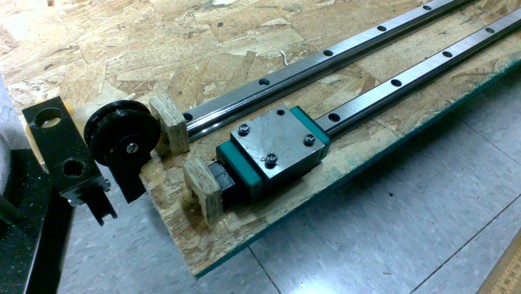
Hinge 3
We are now using metal hinges attached to a metal plate on the cart. This is very effective, the hinge still requires some more reinforcement to stop side to side motion that we are struggling with.
Electrical Designs
